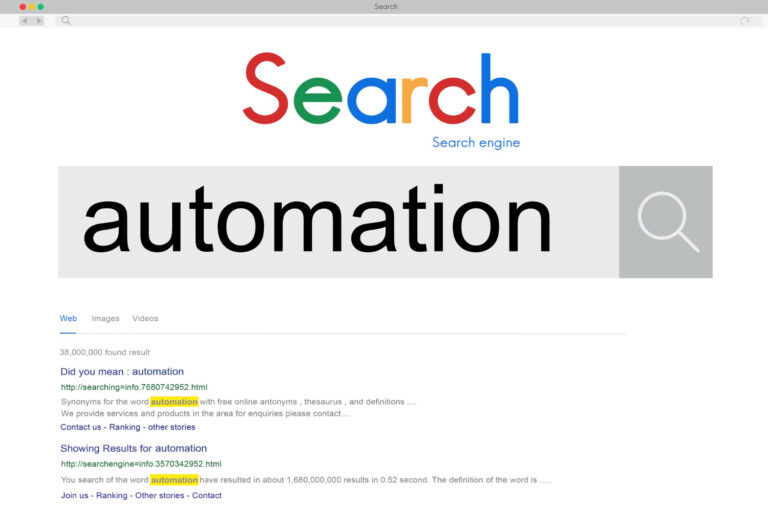How to Optimize Your WordPress Site for SEO!
WordPress is one of the most popular websites in the world, and it’s a great platform for small businesses. However, there are ways to optimize your site for SEO by following these tips:
How to Optimize Your WordPress Site for SEO.
optimization can improve your website’s ranking for Google, Yahoo! and other search engines. Optimizing your site can help to reduce the number of errors and make it easier for visitors to find the information they need. Additionally, optimizing your site can help you save time and money on research and development costs related to your website.
One way to optimize your website for SEO is by using a content management system (CMS). This software allows you to create custom pages that include optimized content and graphics, as well as customized tags and keywords that will help searchers find your site more easily. You can also use a CMS to manage all of your blog posts, articles, and images in one place. By using a CMS, you’ll be able toeasily optimize all of your website’s content for search engine visibility.
Another way to improve SEO is by using an aggressive Web page design. This means making sure all of the elements on your website—including the text, images, headings, tables, etc.—are easy to find and understand when surfing the Web. Using taller titles, clear header bars, bold font typeface, and strong colors will help make your site easier to read even in low-light conditions. And while not every website needs or deserves such powerful design features, making sure all aspects of your site are optimized for SEO will likely lead to better rankings in online directories like Google and Yahoo!
How to Optimize Your WordPress Site for SEO.
2. Optimize your site for search engine optimization (SEO).
Optimizing your site for SEO can help improve your visibility in search engines and increase the number of visitors that you receive. You can do this by creating a well-optimized website, using keyword-rich content, and by optimizing all aspects of your website – from the images that you use to the text that you create.
2. Optimize your site for search engine optimization (SEO).
When it comes to SEO, there are two main goals: making sure that your site is rankable in search engines and increasing the chances that people will click through to your page. You can achieve these goals by following some simple tips:
– Use keyword-rich content to attract attention from search engines. Write articles, blog posts, or even entire websites full of keyword-rich content so that your pages will rank higher in Google when searched for. This will help ensure that people see your site as a top contender for queries related to those keywords.
– Make sure that all elements on your site are properly optimized for SEO purposes. Place images properly on each page, use relevant keywords throughout the content, and optimize links between pages and external resources. These steps will help reduce the chance that potential visitors will encounter problems while accessing your website.
Optimize Your Site for SEO
Once you have optimized all of your webpages for SEO purposes, it’s time to optimize them further still – specifically for human reading experience (HRE). By improving every aspect of how readers interaction with your website – from design to language – you’ll create a more engaging experience overall and increase clickthrough rates (CTRs). To achieve high CTRs, try following these tips:
Optimize Your Site for SEO
To optimize an individual page or section of a website for SEO purposes is not enough; you also need to optimize whole sections or pages throughout the site in order to improve clickthrough rates (CTRs) and get higher rankings in Google! This means ensuring that all pages are created with high quality editing tools like Content Delivery Network (CDN) services so that they arrive as quickly as possible at subscribers’ devices; optimizing titles, meta descriptions, backlinks etc., using advance tools such as Google Analytics; using keywords inside titles tags; using clean whitespace around text blocks; avoiding redundant words etc.; and following best practices when writing codebase rules across entire sites!
How to Optimize Your WordPress Site for SEO.
optimization is the process of improving the visibility and search engine optimization (SEO) of a website. SEO requires that your website be designed in a way that it can rank high in Google search results and receive better traffic from search engines.
There are many different techniques that can be used to optimize your WordPress site for SEO, but four main techniques are:
1. Leyendecker’s Law: The More Tags You Put On Your Site, The Higher The Rankings
2. IP address scanning: Checking the IP addresses of your visitors and searching for keywords on your site will help you to identify areas where you could improve your ranking potential.
3. Optimize images: Optimizing images can help to reduce the number of HTTP requests made to your site, which can result in a decrease in page load time and increased web traffic.
4. Improve WordPress security: Always make sure that your WordPress site is up-to-date with latest security patches and vulnerabilities.
Conclusion
Optimizing your WordPress site for SEO can have a massive impact on your website’s performance and usability. By optimizing your site for SEO, you can reduce the load time and improve the browsing experience. Additionally, by implementing a promotional strategy and optimized WordPress site for SEO, you can reach a wider audience and boost sales.







